Discover What Is the Difference Between Pinot Noir Vs Pinot Nero Wine: Terroir Impact & Wine Style Analysis From Casaloce.com
At Casaloce.com, we’ve walked the vineyards where both are born. While they share some similarities, the difference isn’t just in the name—it’s in the land, the climate, and the traditions that shape each bottle. In this guide, we’ll share our cellar notes, regional insights, and flavor observations so you can understand the charms of the two.
Top 5 Takeaways
- Same Grape, Different Paths – They are somewhat the same but differ in terroir and tradition.
- Terroir Shapes Flavor – Tasting experiences vary because of the area where they were grown and made.
- Style & Aroma – Experience the uniqueness of the two.
- Food Pairing – Enjoy them with proteins, dairy, and other food groups.
-
A Few Insights
- Each pair is well-suited for different moods and moments.
Understanding The Two
These two classifications can be confusing. Despite originating from the same grape variety, these classifications differ in their regional influences and resulting characteristics.
Originating from France's Burgundy region, Pinot Noir thrives in a cooler climate with a unique soil composition. Conversely, Pinot Nero, Italy's equivalent to Pinot Noir, thrives in warmer climates, particularly in Lombardy and Alto Adige regions.
History and Origin Analysis
The former, often referred to as the "Mother Vine", holds a place of significant historical importance. As one of the oldest grape varieties globally, it made its first appearance in documentation as early as the first century AD.
In contrast, the latter, holding the same genetic makeup as the other, charts a different historical path. This vine's journey began when it was moved from French soil to Italy.
Impact of Geographical Location
Soil type infuses the wines with various minerals absorbed by the vines, thereby affecting their flavor and aroma. Wines from regions with abundant limestone, such as these two, often display a mineral-driven profile. Contrarily, vineyards with clay-rich soils usually yield fuller-bodied wines with robust flavors.
Climate also has a great effect on terroir. Wines in colder regions are usually acidic in nature with subtle and subtle-toned flavors. Higher temperatures have the potential to cause products with more intense fruit flavor.

Comparing Wine Styles
These refined varieties offer a unique character and are often assessed through their taste and aroma profiles.
-
Comparing Tastes: The first carries a lighter body, high acidity, and an array of red fruit flavors often infused with earthy undertones. The other presents a heavier body and a complex palate accentuated by darker fruits like black cherries and plums.
-
Aroma Examination: The former's aroma tends to be fruity and floral, exuding notes of roses and red fruits, occasionally with a hint of spice or earthy elements. Conversely, the other stands more robust in its aroma, exuding darker fruit notes, often blended with spice, tobacco, or leather nuances.
Pairing Suggestions
Light to medium body with high acidity makes the former compatible with dishes such as roasted duck, grilled salmon, or mushroom risotto.
In contrast, the latter finds compatibility with rich foods like braised beef, lamb, or aged cheeses.
“We have trodden the limestone soils of Burgundy and strolled the sun-kissed slopes of Lombardy and sampled the same grape in two utterly different narratives. Pinot Noir murmurs with airs of red fruit and soil influenced by chill nights. The Pinot Nero talks of richness, dark fruits, spice, and roundness combined with the Italian sun in the Alps. In order to know them, a person cannot simply read the labels, but he or she needs to bite the land itself. “
Supporting Facts and Statistics
1. Oregon’s Pinot Noir Identity
-
60% of all planted acreage and 58% of statewide production is Pinot Noir.
-
This grape defines Oregon’s cool-climate style.
-
Seen firsthand in Willamette Valley: Pinot Noir is not just a grape, it’s the region’s calling card.
Source: industry.oregonwine.org
2. California’s Broader Expression
-
41,757 acres planted across coastal and inland regions.
-
Sonoma = bright red fruit; Santa Barbara = riper, darker flavors.
-
Same grape, wider terroir range.
Source: data.nass.usda.gov
3. Terroir in Science and the Glass
-
Maps show 100+ geologic units in Willamette Valley vineyards.
-
Limestone, basalt, and marine sediment all shape flavor.
-
We’ve tasted this: mineral-driven tension vs. plush fruit richness.
Final Thoughts & Opinion
These two masterpieces are siblings with the same DNA but distinct personalities shaped by terroir and tradition.
Key Differences at a Glance:
-
Style – The Former: elegant and nuanced; the latter: warm and intense.
-
Terroir Influence – Different notes and flavors
Our Opinion:
-
The first one suits those who value finesse and tradition.
-
The other appeals to palates seeking richness and bold expression.
Frequently Asked Questions
1. Is Pinot Nero the same as Pinot Noir?
Yes, Pinot Nero and Pinot Noir are the same grape variety. The name changes with the language: Italians call it Pinot Nero, while the French call it Pinot Noir. Both mean “black pine,” describing the grape’s dark color and tightly clustered shape.
2. Is there a difference between Pinot and Pinot Noir?
Yes, there is a difference. “Pinot” refers to a family of grape varieties that includes Pinot Noir, Pinot Grigio, and Pinot Blanc. Pinot Noir is one specific member of that family, known for producing elegant red wines.
3. What are the characteristics of Pinot Nero wine?
Pinot Noir wines are light to medium-bodied with bright acidity and delicate tannins. They often show flavors of red berries such as cherry, raspberry, and strawberry, along with subtle floral notes and hints of earth, spice, or smoke, depending on where they are grown.
4. Is Pinot Nero wine dry or sweet?
Pinot Noir wine is almost always dry. Winemakers ferment it fully, leaving very little residual sugar. Its fruitiness may make it taste soft and approachable, but it remains a dry red wine.
5. What is the closest wine to Pinot Noir?
Gamay, the grape behind Beaujolais wines, is the closest in style to Pinot Noir. Both produce light-bodied, fruit-forward reds with fresh acidity and subtle tannins, making them easy to drink and versatile with food.
6. Is Pinot Nero good?
Yes, Pinot Noir is considered one of the world’s finest red wines. Wine lovers value it for its elegance, balance, and ability to express terroir. In the right conditions, it delivers complex flavors and excellent aging potential.
7. What kind of wine is Nero?
“Nero” in wine can refer to several Italian varieties, such as Nero d’Avola from Sicily. Nero d’Avola makes fuller-bodied wines with dark fruit flavors and a bolder profile than Pinot Nero. It’s important not to confuse the two, since Pinot Nero is the Italian name for Pinot Noir.
8. Do you chill Pinot Nero?
Yes, Pinot Noir tastes best when slightly chilled. Serve it at around 55–60°F (13–16°C). This temperature highlights its fresh fruit flavors and keeps its delicate structure balanced.
9. What does Nero wine taste like?
Nero d’Avola wines taste rich, with flavors of black cherry, plum, spice, and sometimes chocolate or tobacco. Pinot Noir wines, on the other hand, are lighter and more delicate, showing bright red fruit and floral notes.
10. What is Pinot Nero in English?
In English, Pinot Nero translates directly to Pinot Noir. Both terms describe the same grape, with only the language changing.
11. Why is Pinot Noir so expensive?
Pinot Noir is expensive because the grape is difficult to grow. Its thin skin makes it sensitive to weather and disease, and it requires precise vineyard care. Yields are often small, and the winemaking process demands skill and attention, which drive up its cost.
12. When to drink Pinot Noir?
Drink Pinot Noir when you want something versatile and food-friendly. It pairs beautifully with poultry, pork, mushrooms, salmon, and even lightly spiced dishes. Younger Pinot Noirs taste fresh and fruity, while older bottles develop earthy, complex flavors.
Join us for a look into our elegant approach to winemaking and gracious hospitality. We welcome our members and their guests by appointment only. Become a member or book an event by visiting CasaLoce.com
Casa Locé
Upper Ojai California
10065 N Ojai Rd, Ojai, CA 93023
https://maps.app.goo.gl/E7YQCnXAFHq1bKz46




